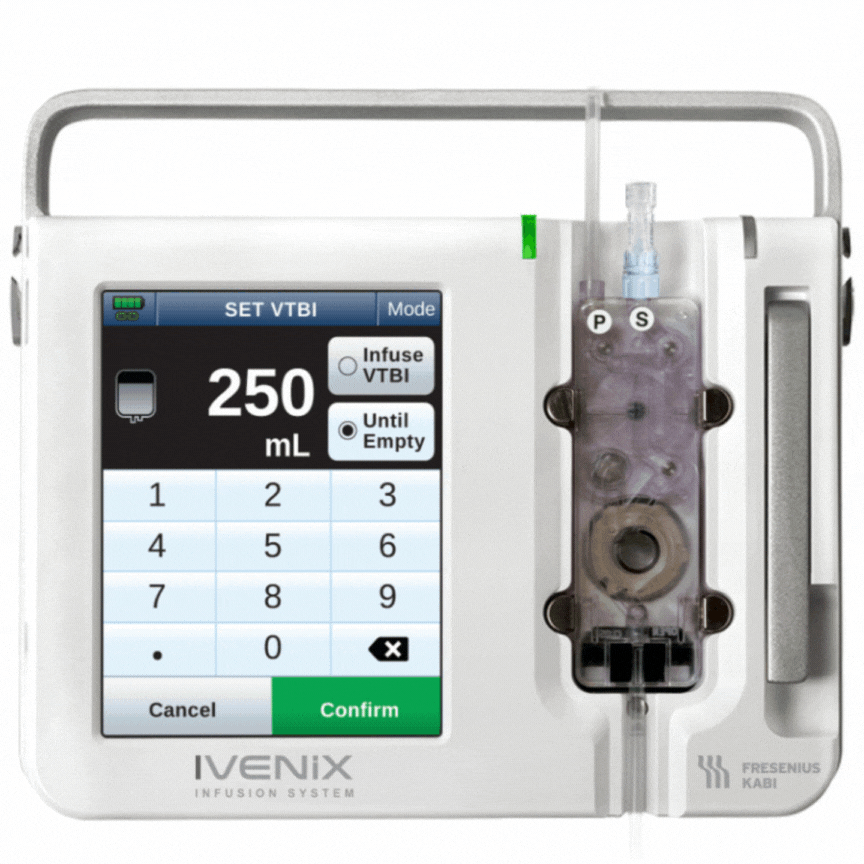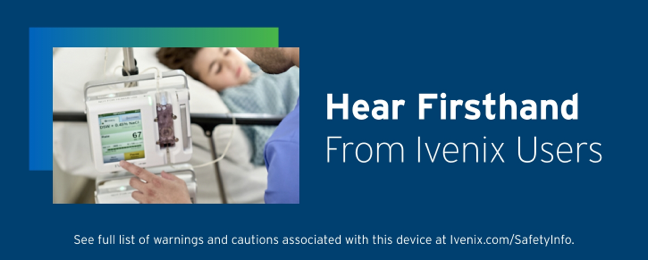
Often, hospitals may choose an infusion pump based on the lowest upfront cost or the key features championed by the stakeholders in the decision process. There are many factors to consider when choosing a smart pump, including cybersecurity, and not all smart pumps are designed with the same cybersecurity posture.
In the event of a cyberattack that makes access to the electronic medical record (EMR) impossible, nurses must revert to manual charting and documentation processes. With many infusion pumps, this loss of functionality may affect EMR connectivity, as well as up-to-the-minute infusion event analysis and drug library or firmware updates, which must wait for the network to be restored.
A ransomware attack on a major US hospital network that began three weeks ago is endangering patients’ health as nurses are forced to manually enter prescription information and work without electronic health records, nurses at two hospitals affected by the cyberattack told CNN.
‘It’s putting patients’ lives in danger’: Nurses say ransomware attack is stressing hospital operations | CNN Business
With the Ivenix Infusion System, however, the pump is designed to support patient-focused features when the EMR and network are unavailable. Multiple safety features are still accessible to help protect patients and nurses. The established drug library, which reflects hospital policy for infusion safety, is still intact and available to the nurse.1 This helps to ensure patients are protected by dose error reduction software during a potential cyberattack.



Many unique features of the pneumatic pumping system allow for other patient safety-focused designs that don’t rely on network connectivity.

At the core of the Ivenix Infusion System is a platform created with cybersecurity in mind. The supporting server software is controlled by an IT team within the hospital’s walls and will only communicate with an authenticated and provisioned Ivenix pump.1 Additionally, if there is suspect activity from a specific pump, that pump is blocked from communication with the rest of the fleet. This protects the Ivenix server from man-in-the-middle attacks.1 Conversely, the pump will initiate all communication and not respond to unsolicited requests.1
One of the key challenges in supporting a fleet of smart pumps in a hospital is the physical collection of the pumps to apply updates and perform scheduled maintenance. The Ivenix Infusion System was built to help reduce that requirement:
- Drug library updates are deployed wirelessly in minutes1
- The operating system of the pump is wirelessly applied1
- Network connection settings or “secrets” applied wirelessly and allow hospital IT to respond to a concern about compromised network authentication settings immediately1
These Ivenix features save hospital biomedical engineers time spent on collecting pumps to update network connection settings, a task that may often be deprioritized unless there is a crisis.
The Ivenix Infusion System was designed to handle network outages and cyberattacks without compromising patient care. Many safety features remain operational and nurses can continue to rely on the system even when EMR and network connectivity are unavailable. By prioritizing patient safety and streamlining maintenance processes, the Ivenix Infusion System may be a secure choice for hospitals navigating the complexities of modern healthcare technology.
Please see full list of warnings and cautions associated with this device
Ivenix Infusion System Large Volume Pump (LVP) Instructions for Use. Bad Homburg, Germany: Fresenius Kabi; 2024.


